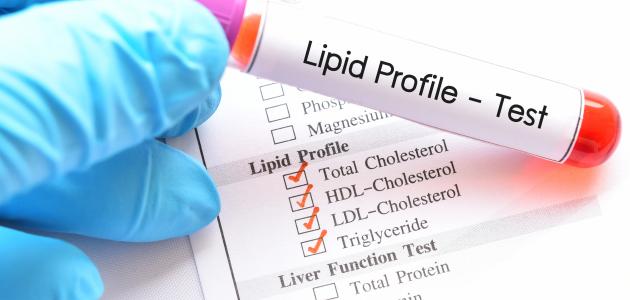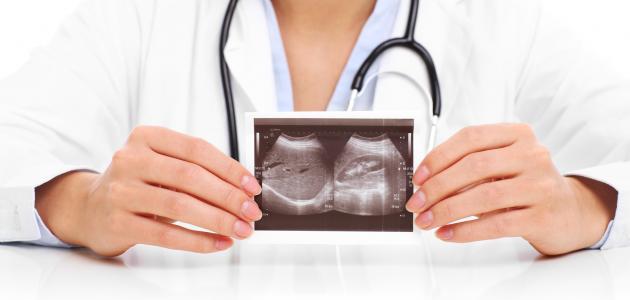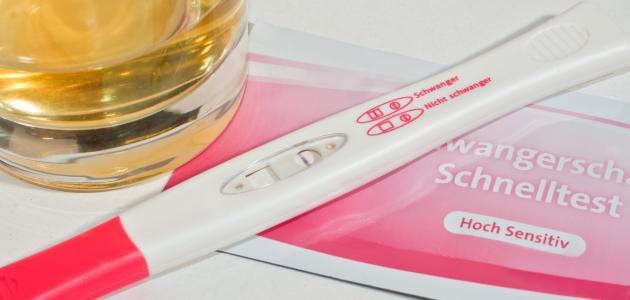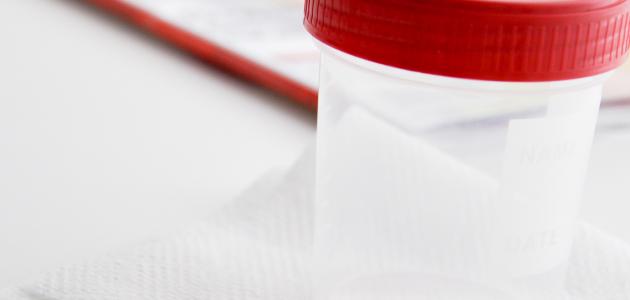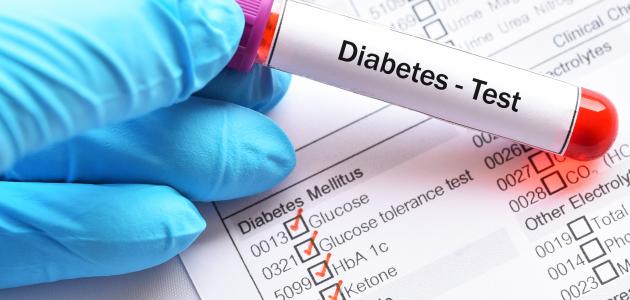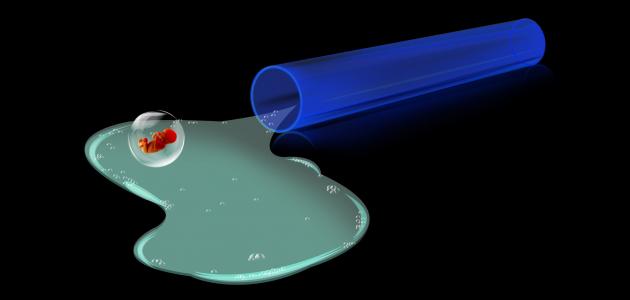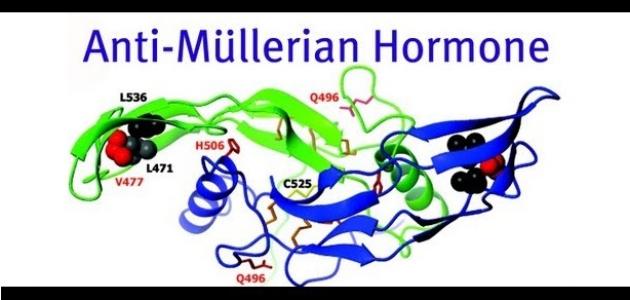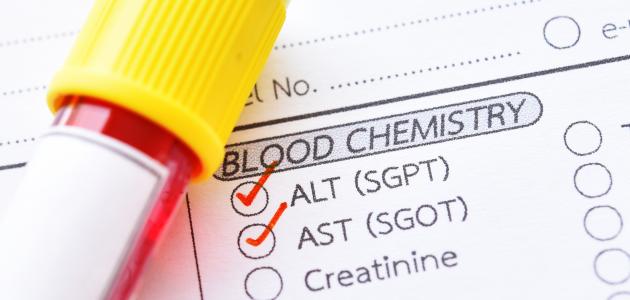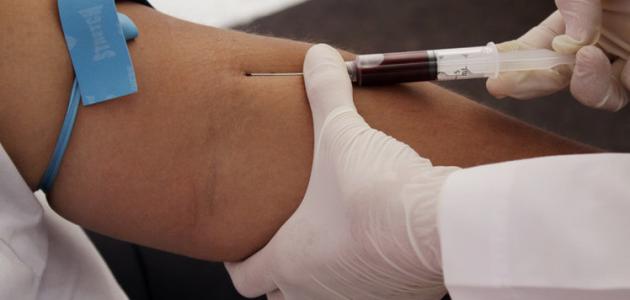Contents
HDL analysis
HDL analysis is used to detect the proportion of high-density lipoprotein, short for HDL, in the blood, which is one of the types of cholesterol that plays a role in protecting against heart disease, as it helps to get rid of other harmful types of cholesterol in the blood and prevent them from accumulating within the arteries, so known as good cholesterol or beneficial, [1] [2] As a result of the high density of cholesterol in this type of fatty proteins compared with the types of fatty proteinsThe other is called the term high-density lipoprotein, which is a microscopic ring of lipoproteins that contain cholesterol in its center, and in contrast, low-density lipoproteins, short for LDL, contains a lower proportion of cholesterol in its center. However, it transports cholesterol in the blood and accumulates it in the arteries, so it is called the term bad or bad cholesterol. [3] [4] It is worth noting that good cholesterol, or HDL, helps prevent heart disease through a number of different functions. Comes: [3]
- Removing harmful cholesterol particles from the blood.
- Transferring harmful cholesterol particles to the liver to be broken down and recycled for reuse.
- Maintaining the integrity of the blood vessels, which helps prevent atherosclerosis , and thus prevent heart attacks and stroke .
Indications for use of HDL analysis
HDL analysis is used as one of the parts of the full blood lipid profile analysis, which may be performed routinely, or to detect some health problems, and the following is an explanation of some of the reasons for performing HDL: [5]
- Adults - Adults who do not have a risk factor for heart disease are advised to have a regular HDL test every 4-6 years.
- Follow-up of the person's health and cholesterol status after the appearance of high cholesterol in a previous analysis.
- Detecting the success of the lifestyle changes made by the person, such as: following a healthy diet, abstaining from smoking, and exercising and its effect in reducing harmful cholesterol in the blood and raising the level of beneficial cholesterol.
- Children between 9-11 years of age, and again between 17-19 years of age, and for children under the age of 9 years, it is not recommended to perform the analysis except in some cases where the risk of developing a heart disease, or having a family history of infection With a cardiovascular disease, or high total cholesterol in one parent, equal to 240 mg / dL or more. [6]
- People who have one or more risk factors for heart disease, as the full lipid analysis and HDL analysis are performed periodically and repeatedly, and the following are some of these factors: [5]
- Eating an unhealthy diet.
- Lack of exercise, and inactivity.
- Smoking .
- Suffering from obesity or being overweight.
- Having high blood pressure , or taking high blood pressure medications.
- A family history of early heart disease, represented by a man having a heart disease before the age of 55, or a woman having a heart disease before the age of 65.
- Previous heart disease or heart attack.
- Having diabetes , or Prediabetes.
- Age, as the risk of developing a heart disease increases in men after the age of 45 and women after the age of 55, so women between the ages of 55-65 years, and men between the ages of 45-65 years must have a periodic lipid analysis every one or two years . [5] [4]
Instructions for conducting HDL analysis
Be sure to follow some instructions before performing the HDL test to ensure accurate results, and often this test is performed with some other tests such as analyzes for other types of cholesterol, or as part of a complete blood lipid test, which also includes a triglyceride analysis , and harmful cholesterol, and it should be noted that the analysis of beneficial cholesterol does not require a person fasting from eating before performing the analysis, but some other types of tests that are performed in conjunction with the analysis of beneficial cholesterol require a person fasting from food approximately 12 hours before the test is performed with The possibility of drinking water, and care must be taken to refrain from drinking alcohol, doing harsh exercises, or eating diets rich in fats before performing the analysis, and it is worth noting that some prescription and non-prescription drugs, and some nutritional supplements and herbs may affect the result of the analysis, so it is necessary Ensure that the doctor is informed about the use of these drugs and supplements before performing the analysis, and it is worth informing the doctor in the event of a medical analysis that depends on the use of radioactive elements, such as: a bone scan, or an examinationBone scan, or examinationBone scan, or examinationThe thyroid gland during the seven days preceding the examination of cholesterol, in addition to that, it is worth noting that the level of beneficial cholesterol may differ from the normal range for a woman during pregnancy, so the analysis must be performed approximately 6 weeks after childbirth. [7] [8]
Steps to perform an HDL analysis
HDL is performed by obtaining a sample of a person's blood from the veins in the arm or hand, usually, as the health care provider wraps a rubber band around the person's arm to stop the flow of blood in the arm, which in turn causes the blood vessels to protrude in the area under the tape, and then The needle and the area are sterilized and stitched into one of the prominent veins, then the necessary amount of blood is drawn into a dedicated tube, the rubber band is removed, a piece of cotton is placed over the area and the needle is withdrawn, then pressure is placed on the blood drawing area and a medical dressing is placed on it, and in the end a sample is sent Blood to the laboratory to be analyzed. [1] [9]
It is worth noting that in some cases, a blood sample may be obtained by pricking the front of one of the fingers of the hands using a dedicated needle, and this method is used in the case of a mostly portable analysis device, which may be used in health fairs. [5]
Analysis of the results
The proportion of beneficial cholesterol depends largely on some combined factors, such as environmental factors and a person's genetic factors , as the proportion of good cholesterol is lower mostly in people who suffer from excess weight, diabetes, and metabolic syndrome , and the proportion of good cholesterol It tends to be about 10 mg / dL higher in women than it is in men, [10]It should be noted that the value of cholesterol in the blood can be expressed in units of milligrams per deciliter (mg / dL), or units of millimoles per liter of blood (mmol / L), and unlike other types of cholesterol, it is preferable to have a somewhat high level of beneficial cholesterol in the blood. As mentioned previously, the risk of heart attack and stroke decreases in people who have a naturally high level of beneficial cholesterol, and on the contrary, a decrease in the level of beneficial cholesterol below the normal limit leads to a significantly higher risk of developing a heart disease, as for the values The normal level and limit the risk, so the level of beneficial cholesterol or HDL in men should not be less than 40 mg / dL and 50 mg / dL in women, and it should be equal to 60 mg / dL or more in women and men. [11]
In fact, a person's health condition, heart health , and the value of beneficial cholesterol play an important role in determining the severity of low cholesterol and how to deal with it. If a person suffers from a decrease in the value of beneficial cholesterol in addition to excess weight and smoking, it may be to abstain from smoking. Adopting a healthy lifestyle and exercising to reduce weight has a great effect in restoring the normal level of beneficial cholesterol in the blood without the need to resort to any type of drug treatment. [12] It is worth noting that the good cholesterol ratio is 40 mg / dL and is the least significant risk factor for disease. the heart. [13]
Full cholesterol to HDL ratio
The total cholesterol-to-HDL ratio is important in determining the risk of some heart diseases, such as coronary heart disease, and this ratio can be calculated by dividing the value of Complete cholesterol over the value of beneficial cholesterol, and in the event of an increase in the index value, the risk of these diseases increases, and it is preferable for the index to fall below the value of 5: 1, while the ideal ratio is estimated to be less than 3.5: 1 of the index value. [14]
Tips to increase HDL percentage
It is concluded from the previous paragraphs that raising the level of beneficial cholesterol has an important role in reducing the risk of heart disease, so care must be taken to maintain the normal ratio of beneficial cholesterol in the blood, and it should be noted that there is not yet any medicine that helps raise the level of beneficial cholesterol in the blood Directly, while there are some drugs that help reduce harmful cholesterol in the blood, such as statins , including Atorvastatin , and Simvastatin , it is adopted to raise the level of beneficial cholesterol in the blood Directly on making some healthy lifestyle changes, including the following: [4] [11]
- Follow a healthy diet: Be sure to eat foods rich in fiber, such as: beans and oats, and limit the intake of carbohydrates, especially sugar, and you should also eat unsaturated fats , such as those found in avocado , And olive oil, nuts, and vegetable oil, while other types of fats should be avoided, such as Saturated fats, and include high-fat meats, milk and full-fat cheese, and trans fats, which include margarine. , And factory food. [4]
- Quit smoking: As smoking or exposure to secondhand smoke leads to a decrease in the level of beneficial cholesterol in the blood, so care must be taken to refrain from smoking and to avoid being around people who smoke. [4]
- Avoid some medications: The use of some types of drugs may lead to a decrease in the level of beneficial cholesterol in the blood, such as: anabolic androgenic steroids , and drugs that contain testosterone , so be careful to consult your doctor about the use of these Medicines and their effect on beneficial cholesterol in the blood. [4]
References
- ^ A b " the HDL Cholesterol" , Www.urmc.rochester.edu , Retrieved 2-3-2020. Edited.
- ↑ "Cholesterol Numbers: What Do They Mean" , my.clevelandclinic.org , Retrieved 2-3-2020. Edited.
- ^ A b " the HDL Cholesterol: The Good Cholesterol" , the www.webmd.com , Retrieved 2-3-2020. Edited.
- ^ A b t w c h "High-Density Lipoprotein" , Medlineplus.gov , Retrieved 2-3-2020. Edited.
- ^ A b t w " the HDL Cholesterol" , Labtestsonline.org , Retrieved 2-3-2020. Edited.
- ↑ Genna Rollins (1-3-2012), "Universal Lipid Screening in Children" , www.aacc.org , Retrieved 2-3-2020. Edited.
- ↑ "HDL cholesterol" , www.labtestsonline.org.au , Retrieved 2-3-2020. Edited.
- ↑ "Cholesterol and Triglycerides Tests" , m.kp.org , 12-15-2019 , Retrieved 2-3-2020. Edited.
- ↑ "Cholesterol and Triglycerides" , m.kp.org , Retrieved 2-3-2020. Edited.
- ↑ Richard N. Fogoros (1-8-2019), "Is Raising HDL Cholesterol a Good Idea After All" , www.verywellhealth.com , Retrieved 2-3-2020. Edited.
- ^ A b " the HDL cholesterol is " , Www.mayoclinic.org , 24-10-2018, Retrieved 2-3-2020. Edited.
- ↑ Jennifer Moll (3-11-2019), "What Causes Low HDL Cholesterol Levels" , www.verywellhealth.com , Retrieved 2-3-2020. Edited.
- ↑ "Lowering Your Cholesterol Levels" , www.onhealth.com , Retrieved 2-3-2020. Edited.
- ↑ "Lipid Panel with Total Cholesterol: HDL Ratio" , www.urmc.rochester.edu , Retrieved 2-3-2020. Edited.
